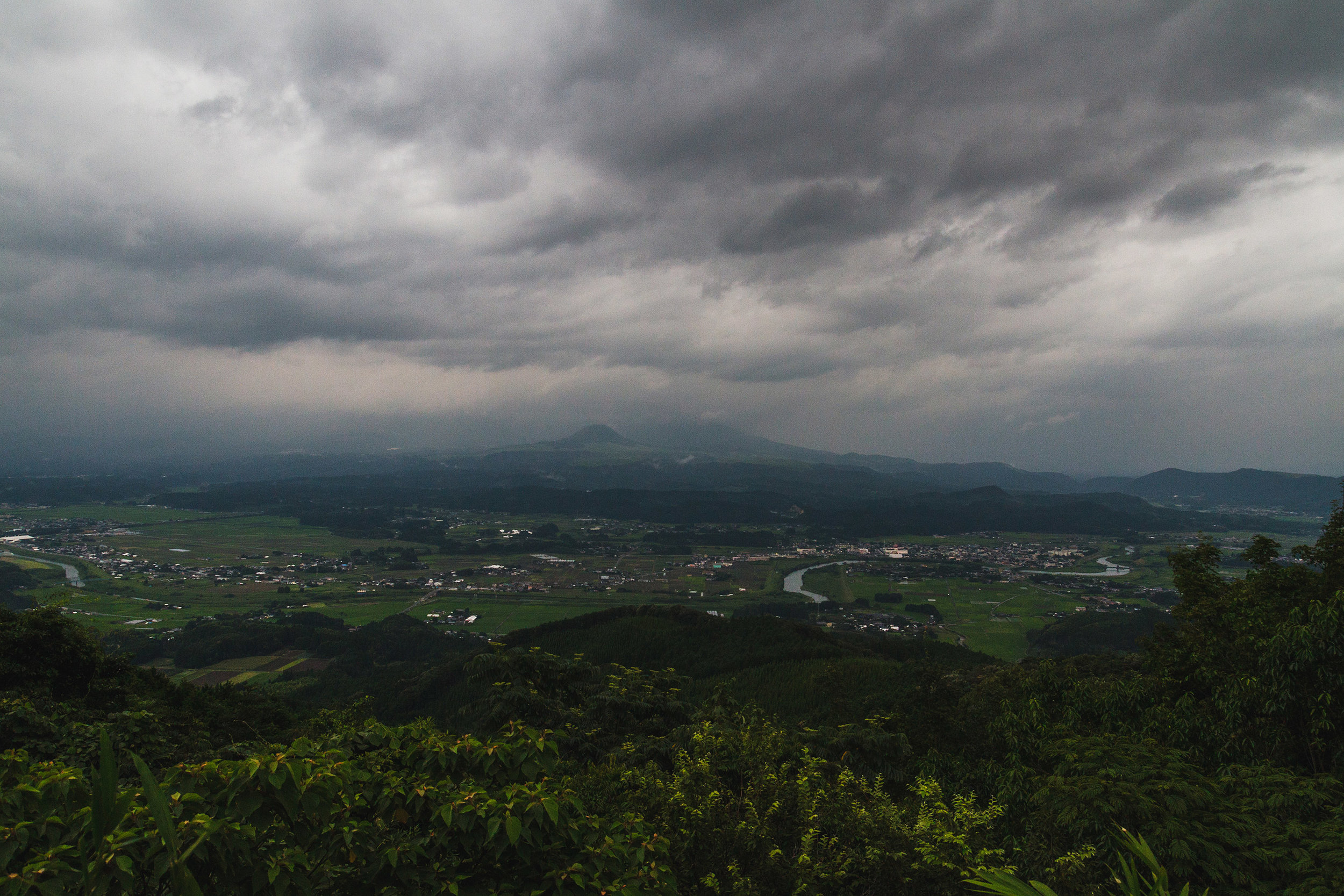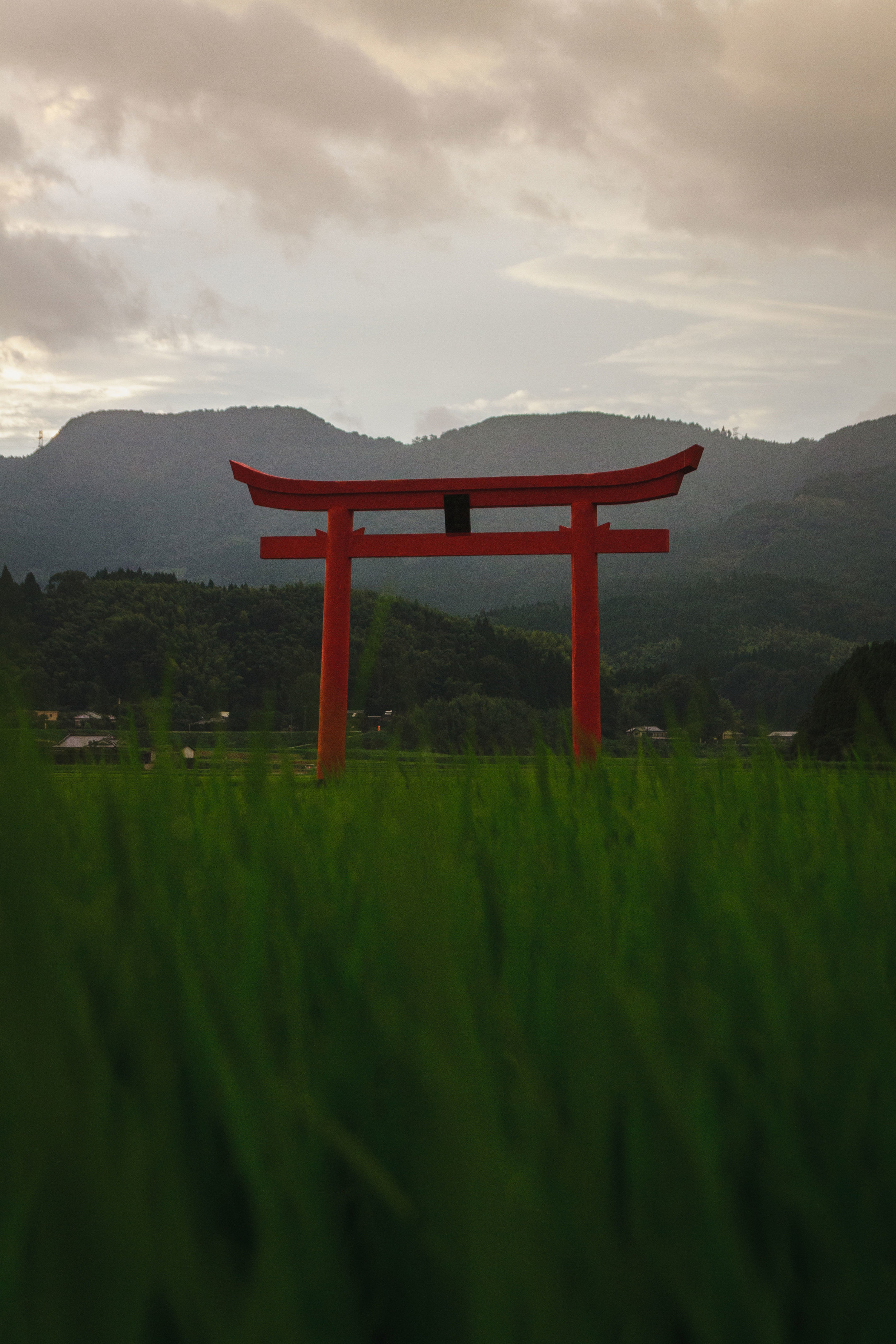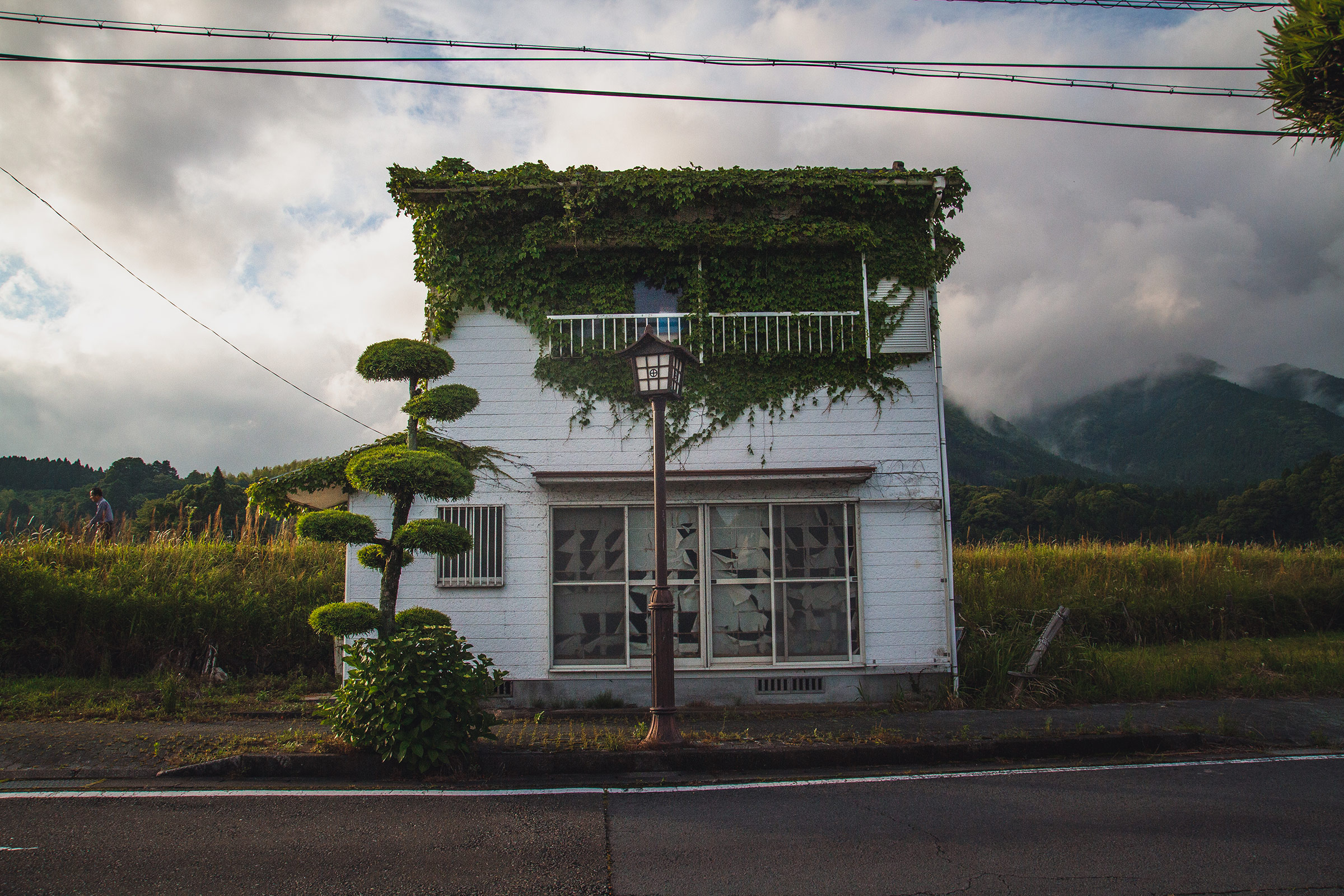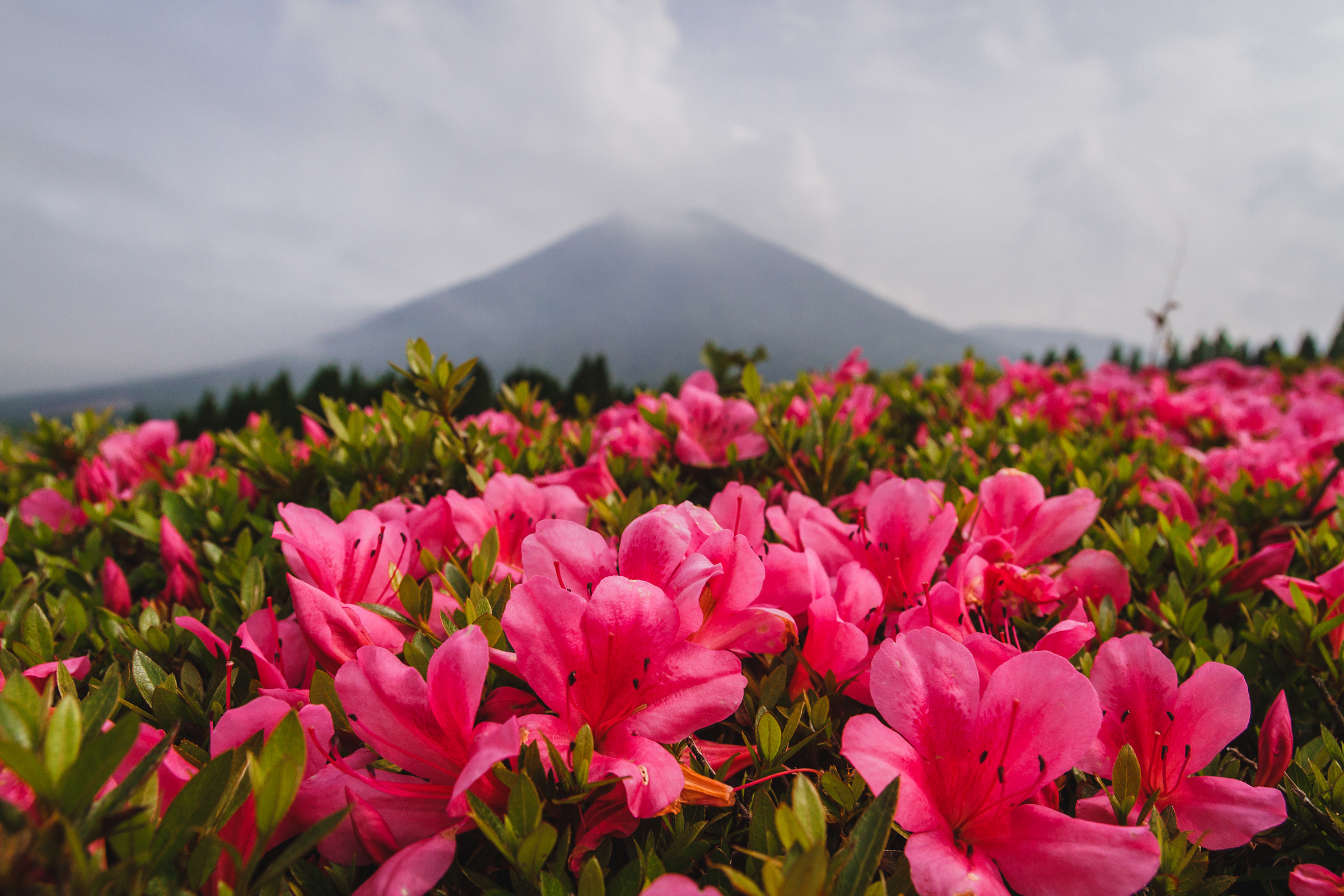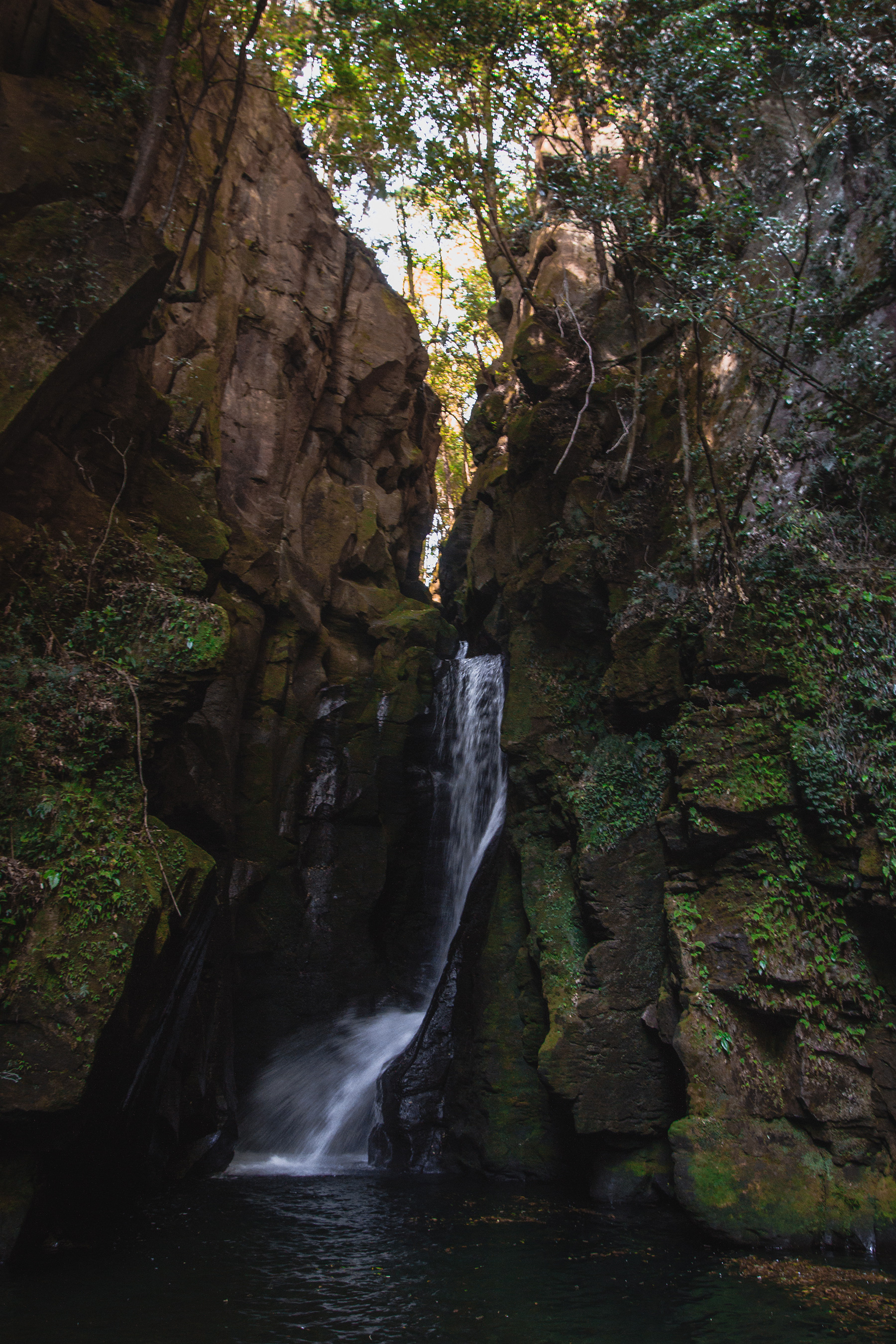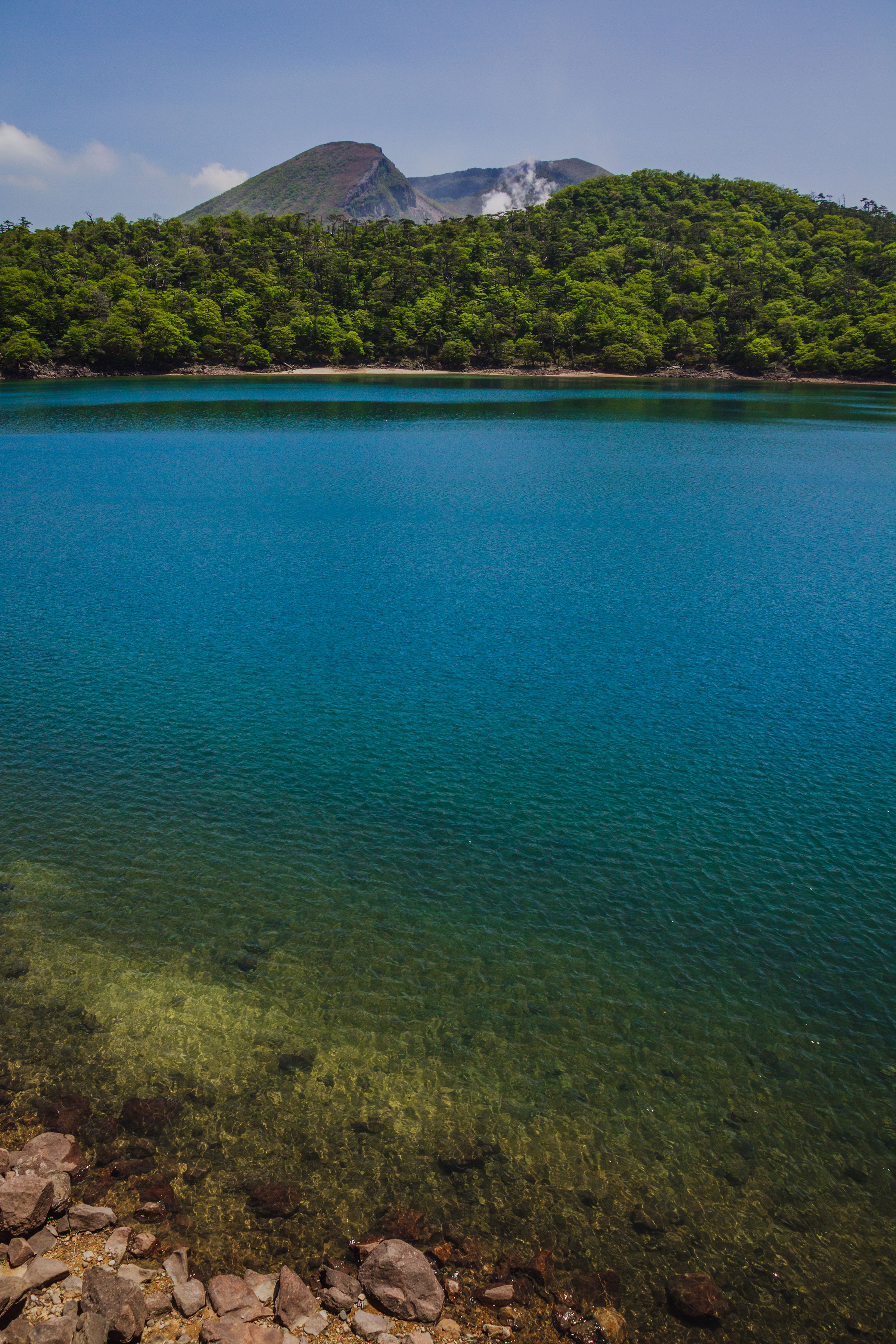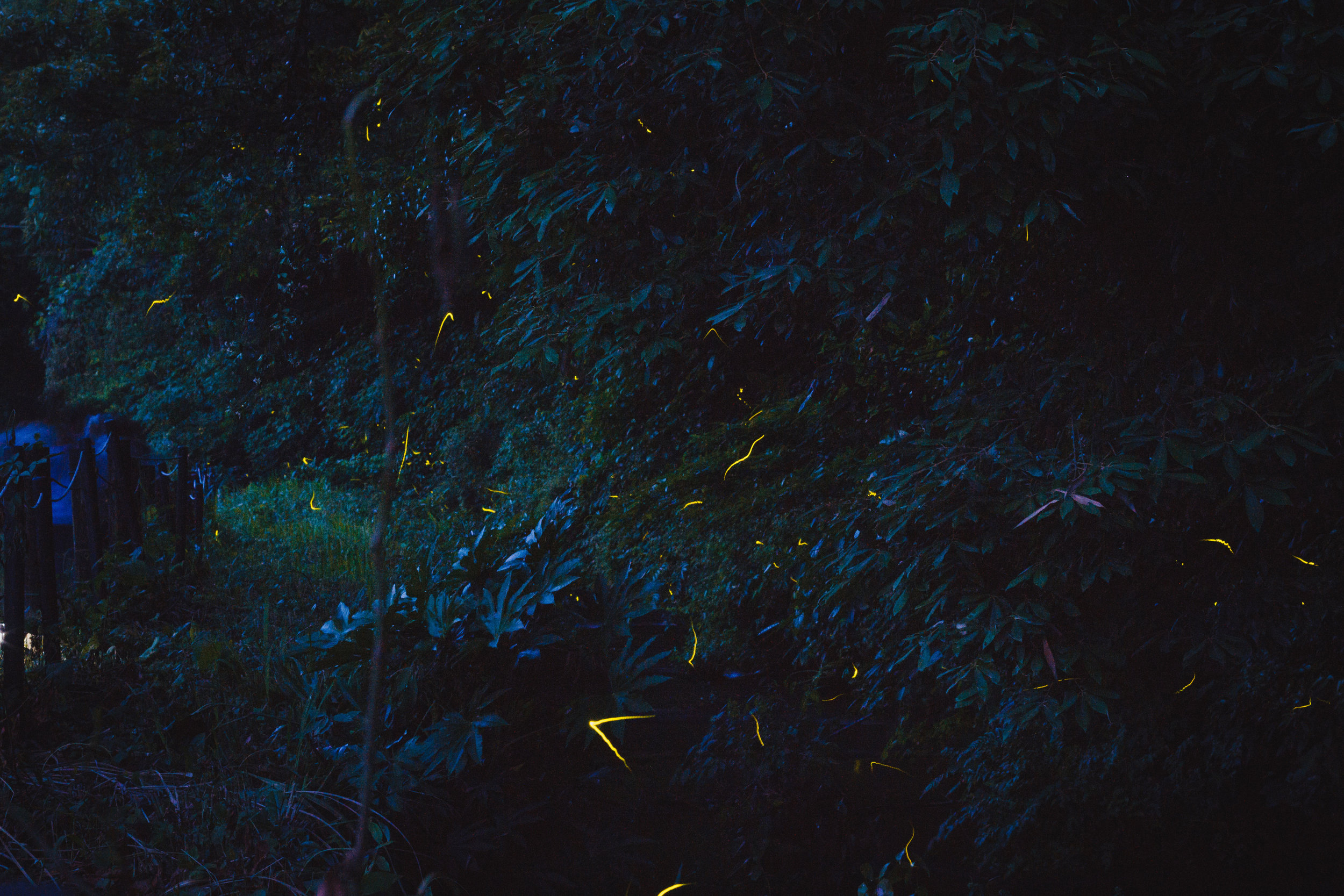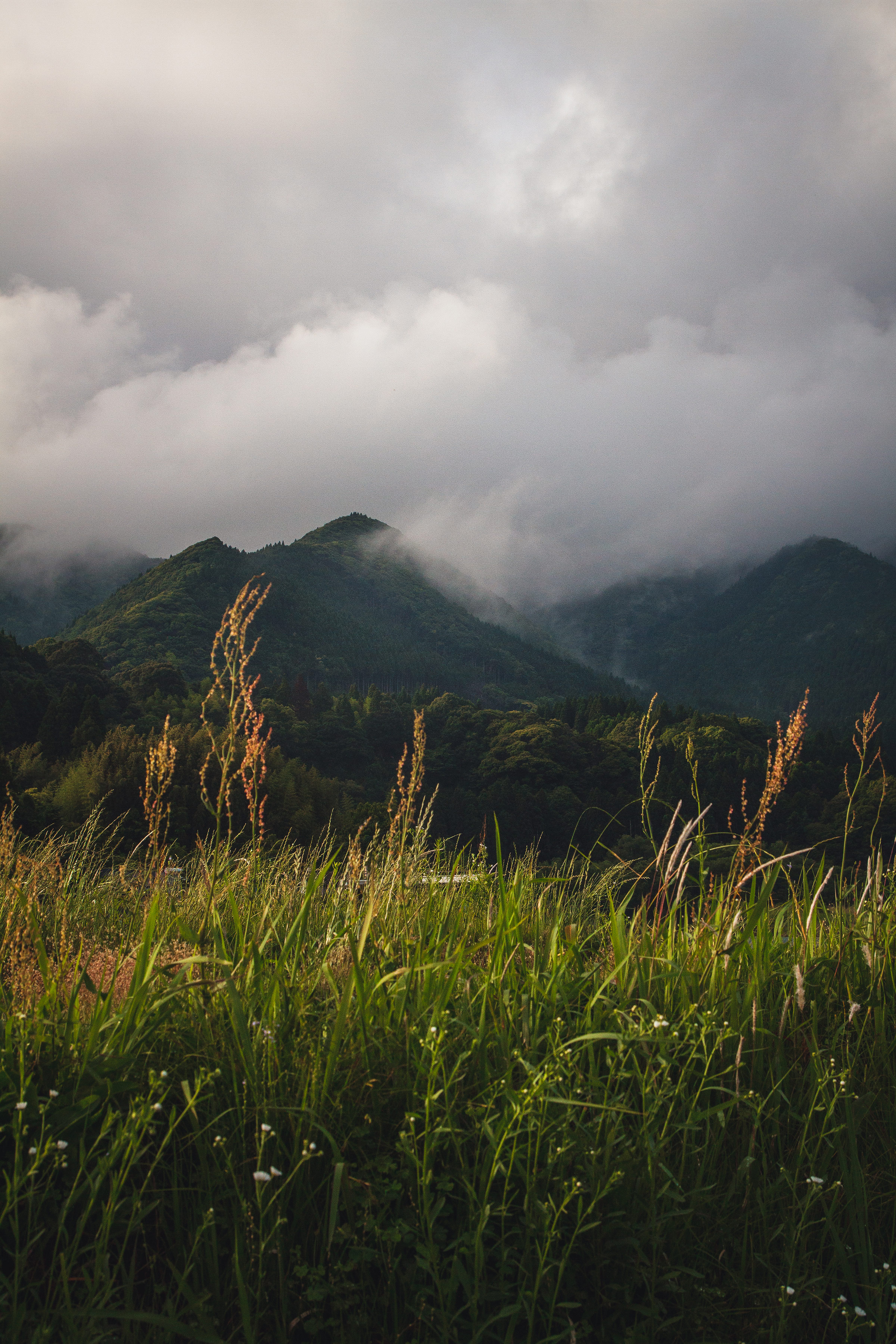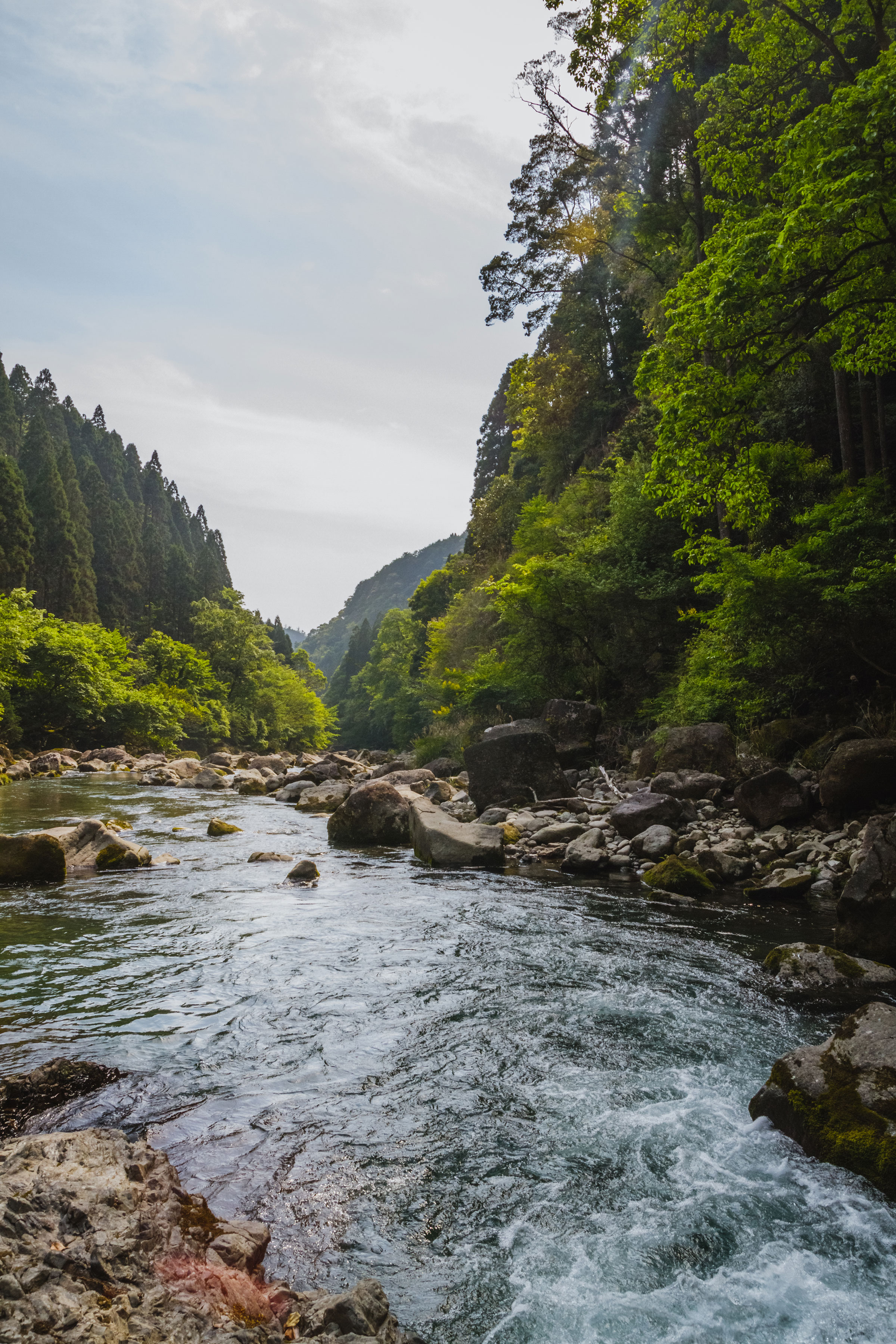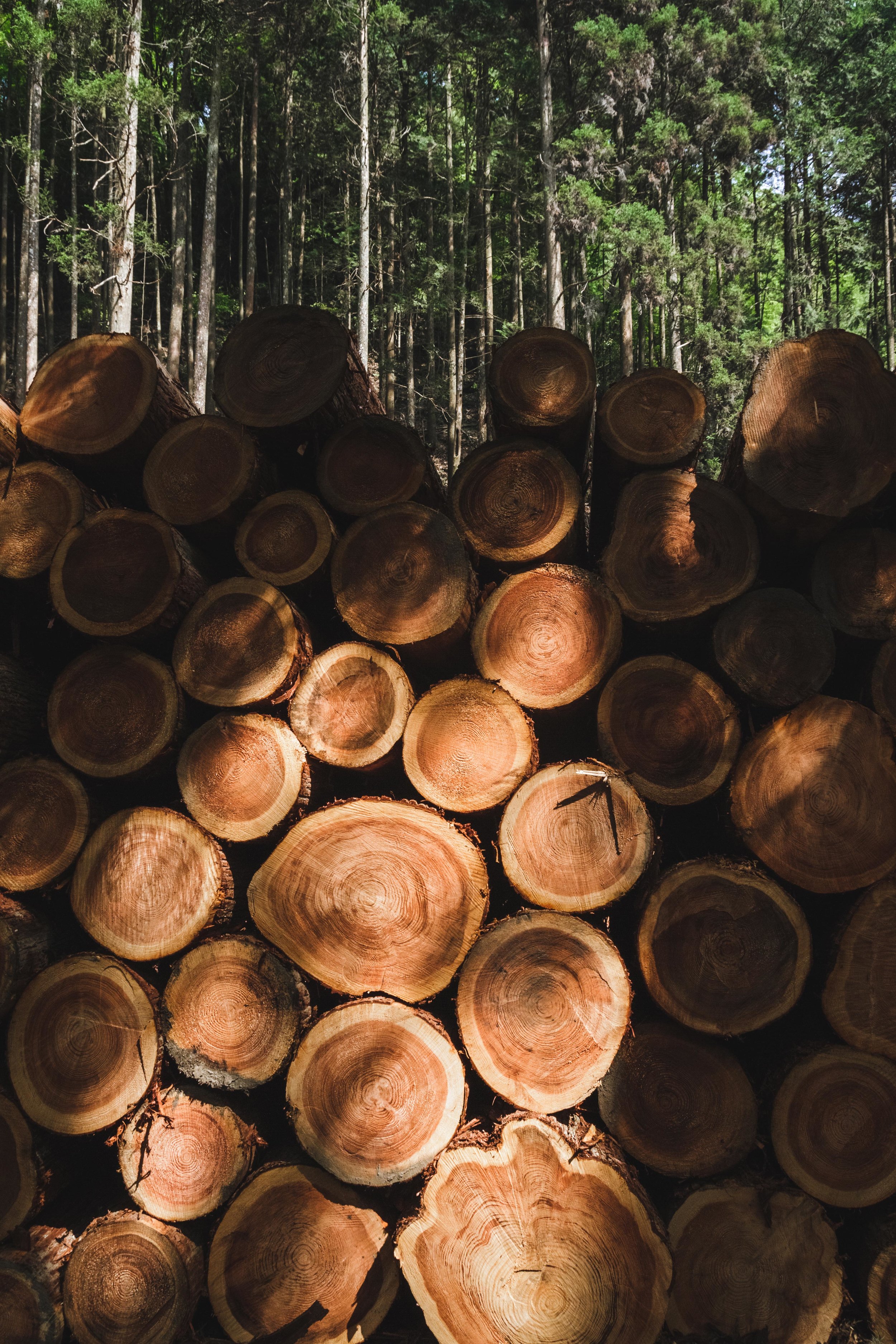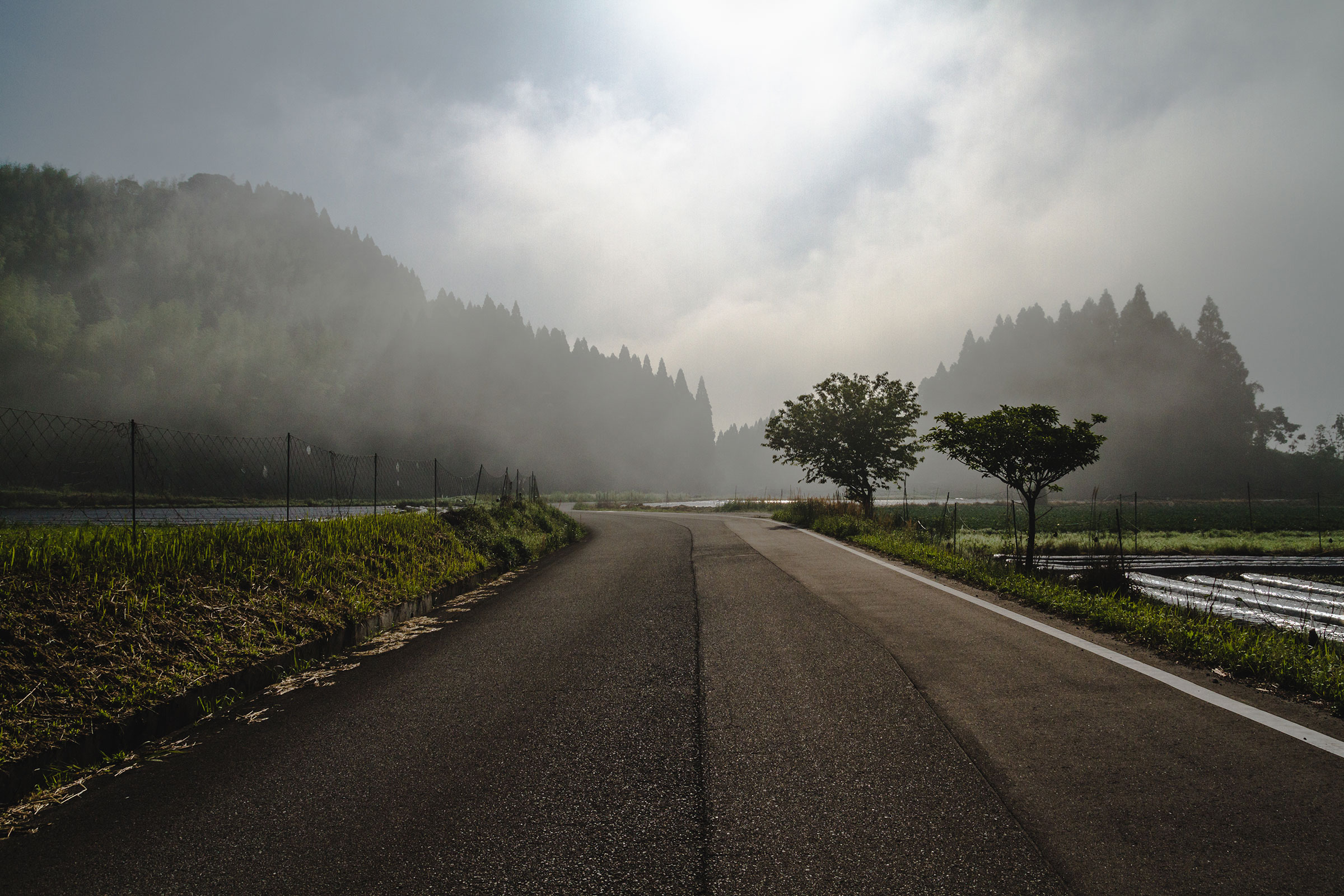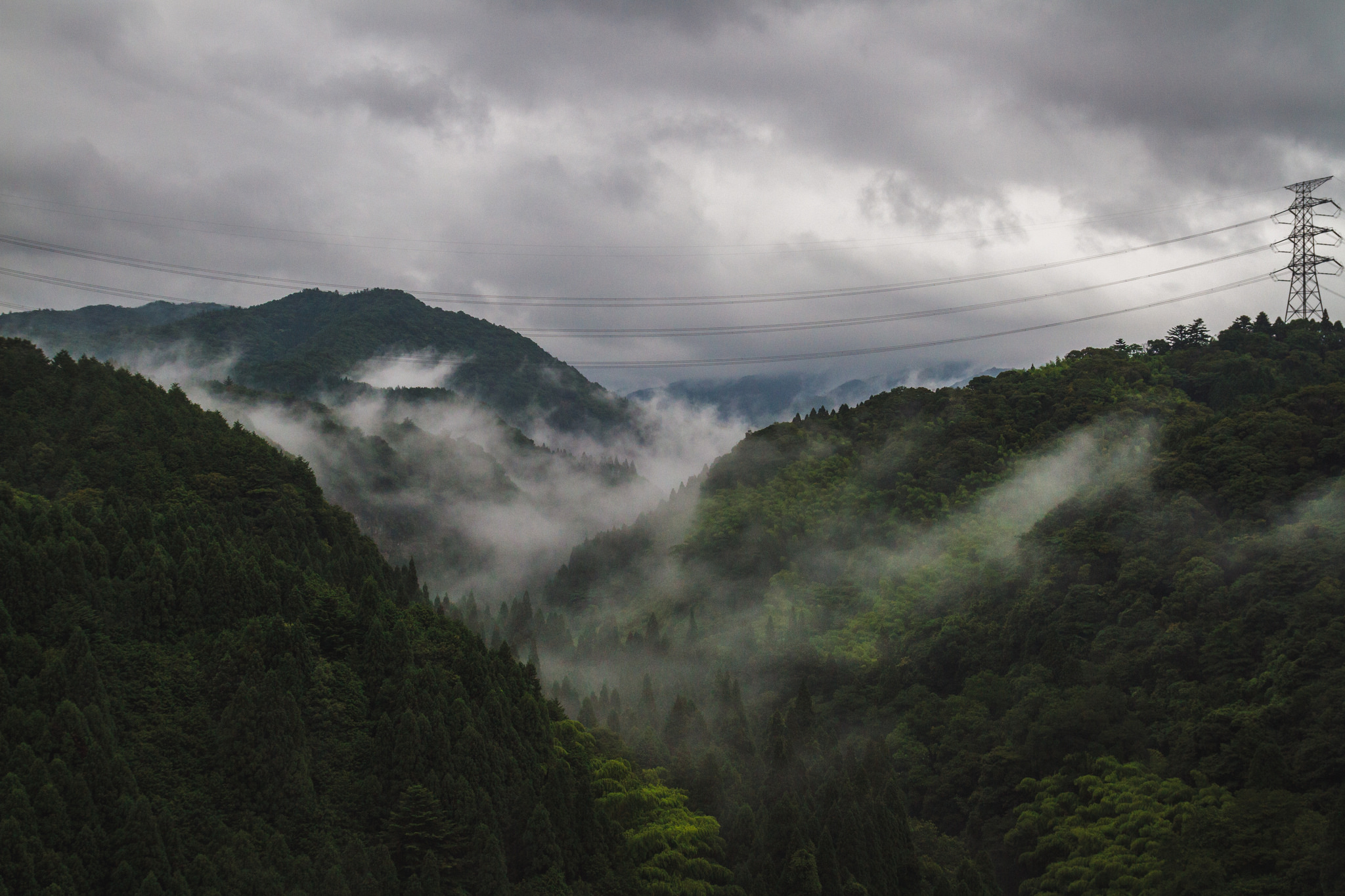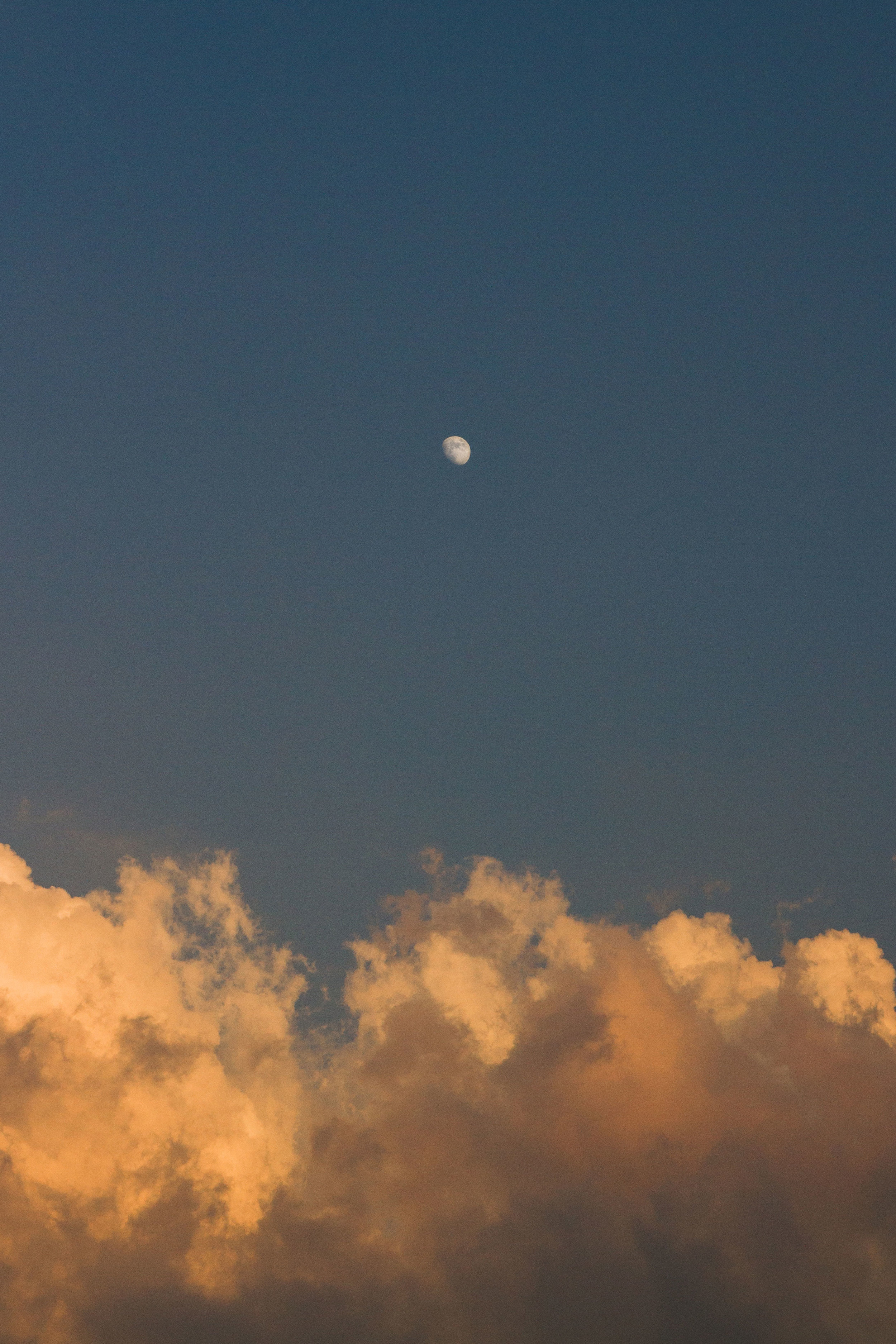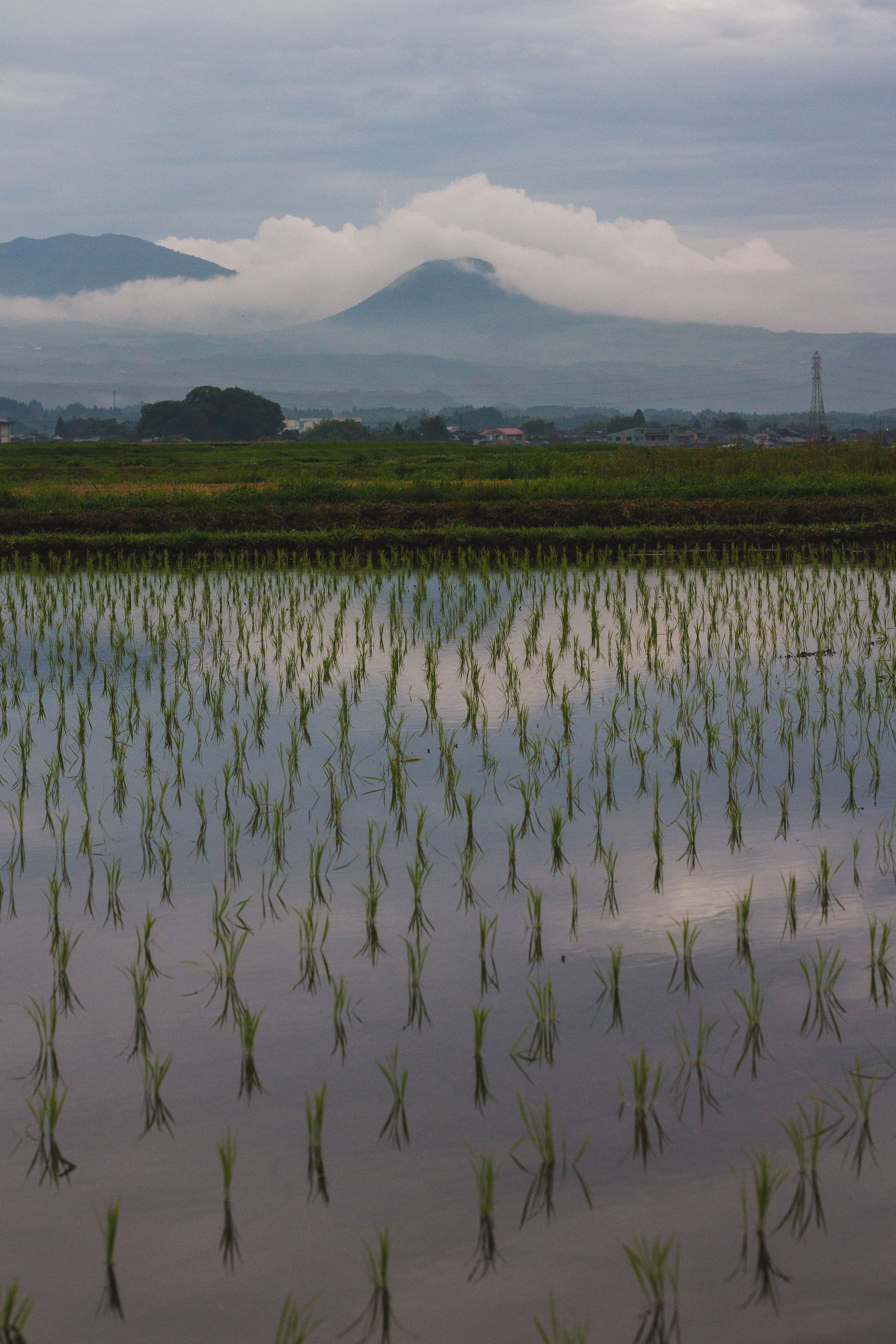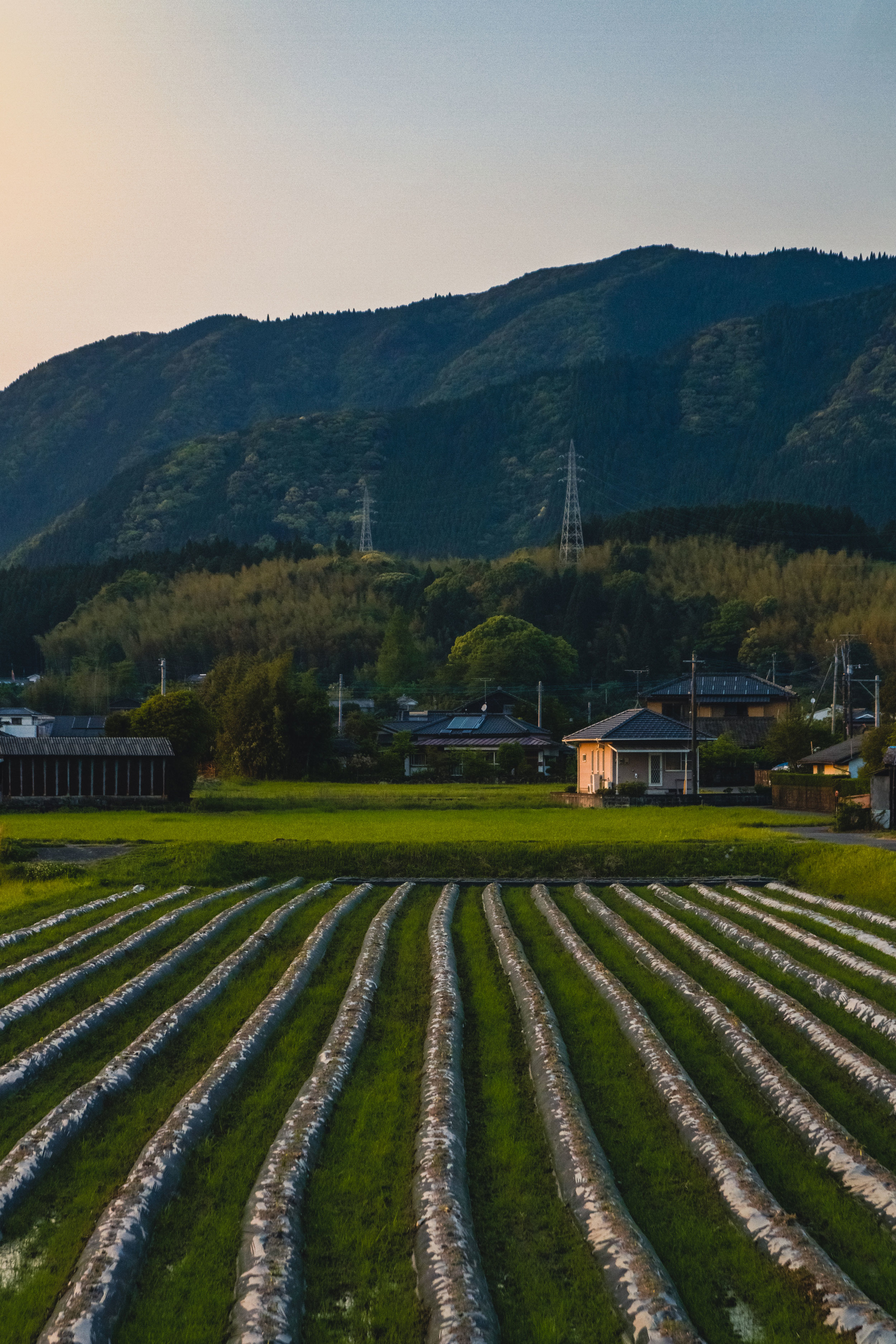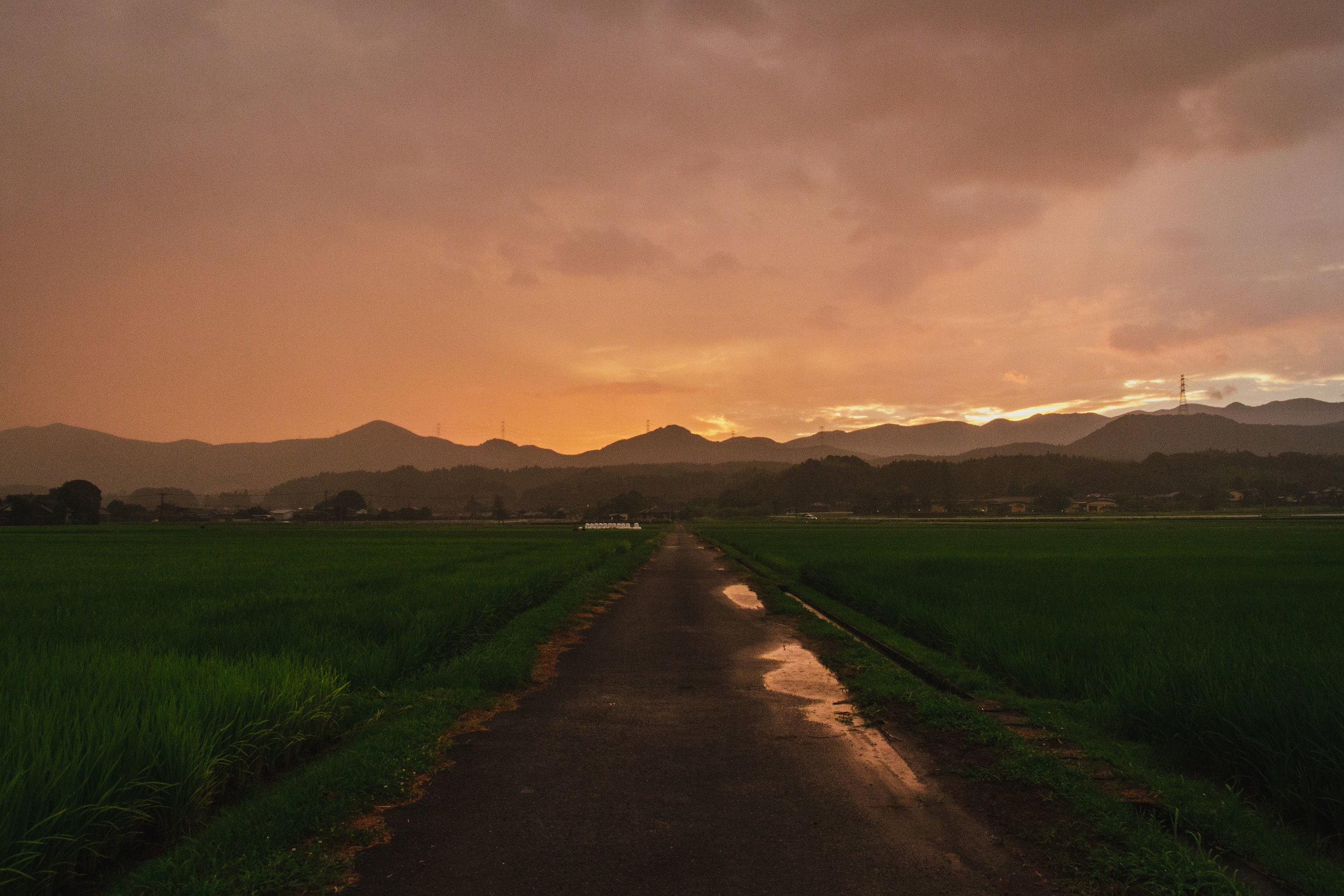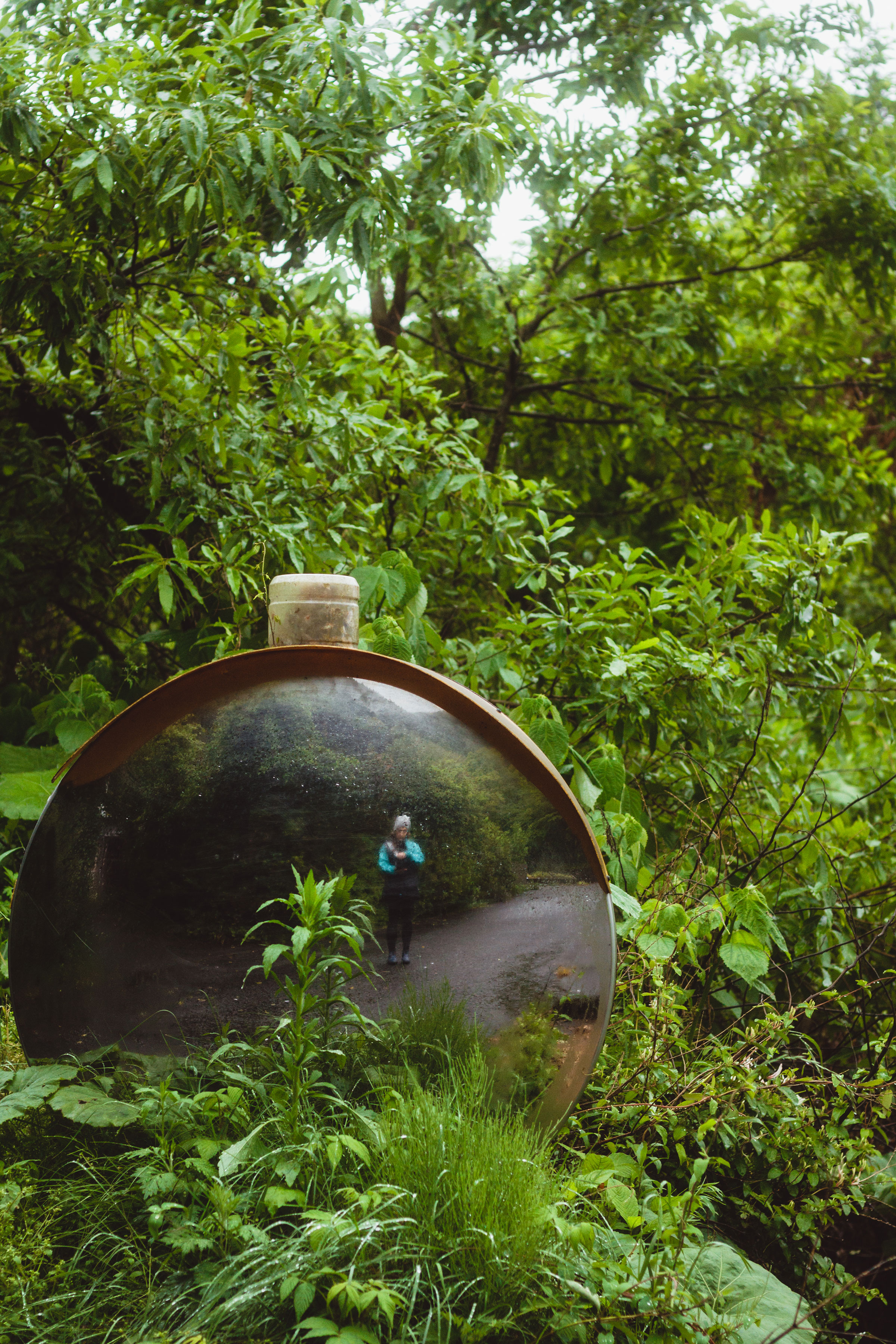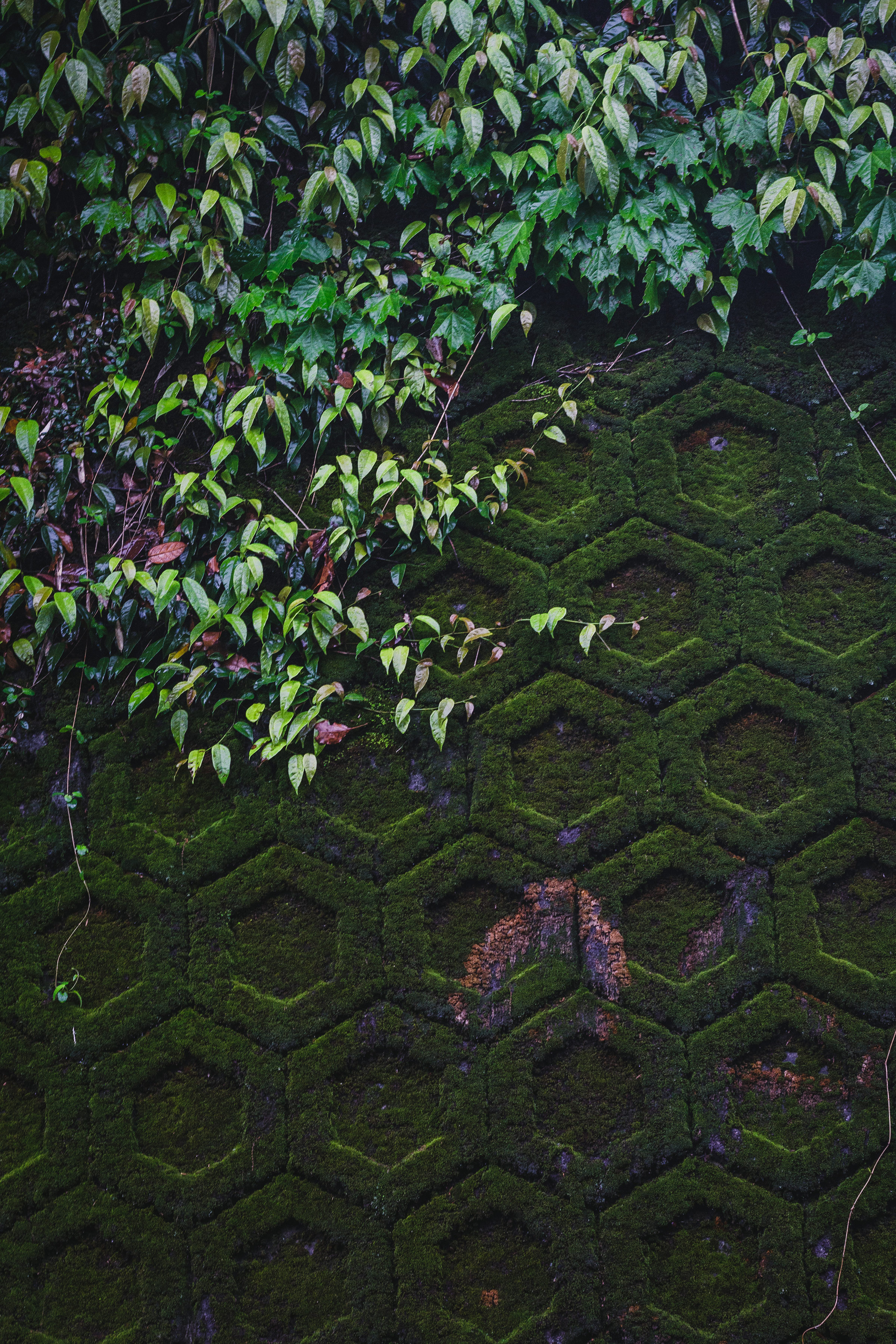Kyushu Calling: VOL 1
A Few Words:
As a Westerner living in rural Japan, I’m often asked what the outside world thinks of when they think of this country. I explain that most people – most Americans, at least – picture futuristic Tokyo, or temple-rich Kyoto. Maybe Osaka, maybe Hiroshima. Sites like Instagram, Pinterest, and Tumblr are full to the brim with Japan’s well-known sights, but for many, the rest of the country remains a mystery. Most people don’t know that you can live on a cow farm and still be a short drive from a beautiful volcano lake, or that surfing is huge on the island’s southeastern coast. They don’t know that 70 percent of Japan is mountainous, which is why the metros are so packed, or that those mountains behold some spectacular views.
I’ve been spending my time in Japan shooting the places most people don’t see -namely, the big island of Kyushu, where I live. I hope to do it some justice in a series of posts. First up: my town, Ebino.
VOL 1: Ebino
Back in April, after a bit of back and forth with my employer, I received word that I was finally being placed in a school system. Twelve hours later, I was packed up and on a train headed toward a town called Ebino. I knew two things about Ebino: first, that the town hosts a cow-jumping festival every year (yes, you read that right); and second, that my company described it as a nice place, albeit being in the middle of nowhere.
Geographically speaking, they got the middle part right. Nowhere, though? Depends on how you look at it.
With volcanoes to the south, foothills to the east, and low mountains to the north and west, Ebino lies nestled in a caldera valley. The town itself, with a modest population of 18,000 or so, is actually comprised of four villages - Masaki, Kakuto, Iino, and Uwae- that were combined in 1996 to create Ebino City. As a result, there isn’t much of a centralized town center, with no real main strip to peruse, no castle or Isoteien (Japanese-style garden) to wander, no shopping or entertainment district neatly packaged into one area. Instead, there are small clusters of humanity – coin laundry, udon restaurants, grocery stores, and post offices – separated by rice fields that split the valley into uneven grids. Aside from a handful of overpriced snack bars, there’s not much for a nightlife or even cafes (though we did recently get a rad one that operates out of a converted shipping container, no less). A social life can seem a remote possibility.
Due to its central location between three prefectures (Kagoshima, Kumamoto, and Miyazki), both Kyushu’s expressway, called the IC, and the island’s main non-toll road cut through the heart of Ebino. It would be easy to drive through, stopping only for a bathroom break and some kumquat ice cream, or perhaps not stopping at all. To most travelers, this town is a mere blip on the map. But to those who find themselves spending more time here, there is something about this area that is undeniably captivating.
A Beautiful Nowhere
Head towards the volcanoes to the south, and you’ll find Ebino Plateau. This area is home to the Kirishima-Kinkowan National Park, which was Japan’s first designated national park. The Kirishima Mountain range crosses through the park and includes Mt. Karakui, Mt. Koshiki, and three gorgeous crater lakes: Rokkannonmiike, Fudo, and Byakushi. On a clear day, which is rare, it’s rumored that you can see South Korea from the top of Mt. Karakui. As a result of their volcanic activity, Ebino Plateau and Kyomachi (a district in Ebino City) are popular enclaves to enjoy hot springs. People come from all over to Kyushu to hike here, marvel at the azalea blooms in early summer, or relax in the onsens. Drive towards the northern and western sides of town and you’ll encounter switchback after switchback, working their way up, over, and through the mountains. You’ll find small hidden waterfalls, and miles of river gorges. The ridges are both high enough to offer sweeping views of the valley (like from the Yatake Plateau), and low enough to catch heavy clouds. On more than one occasion I’ve taken alternate routes home from or to school, tossing my camera in my bag, to chase the fog as it drapes along, clinging to the treeline in wisps.
Seasons are felt in full on Kyushu, and the Japanese seem to mark them in smaller segments – including cherry blossom, wisteria, dragonfly, fall foliage, and, of course, rainy season. Kyushu itself is an incredibly lush part of the country. The forests blanketing the area are mix of bamboo, cedars, and various pines, with canopies so thick that stepping into their shade brings a noticeable temperature drop. After rainy season, the land swells as overgrowth spills out onto sidewalks and roads. The vibrant green of the rice fields seems to have its own frequency.
The whole place vibrates, really, both in sound and color.
Despite assumptions about the stillness of a pastoral life, anyone who has lived in the country knows that nature is anything but quiet. Between the cicadas, the rain gutters, the downpours, and the frogs, every day is its own song.
Cloud Pornography
Nothing makes me feel more like a Midwesterner than how much I talk about the weather. I’ve learned this is theme with the Japanese as well. With the little bit of language I’ve picked up, I often hear people commenting on the temperature or the storm outside, practically before they have finished greeting each other. Exhibit A: When I mention that Chicago is cold and often snowy, anyone with enough English to communicate it shares the same horror story about a snowstorm three years ago that shut down the city and school. Say what you will about small talk, but weather unites us all.
One of my first introductions to Ebino’s ever-changing skies rings true more and more every day: “If you don’t like the weather, just wait five minutes.”
The mountains surrounding this valley create a cycle of low pressure and high pressure as the temperatures rise and fall. As a result, a strong breeze pulls clouds and storms across the valley in a constant weather parade. Ebino is the kind of place where it can be rainy, sunny, and foggy all at once. I am fortunate enough to have an apartment on the second floor with an unobstructed view of the river and my part of town. You’ll often find me throwing open the windows to shoot a rainbow across the river, or scrambling out onto my makeshift balcony just to gawk at the clouds and the sunsets. Forget big sky; this is timelapse country. (Note to self: learn how to take timelapses.) On any given day, depending on the sun (or lack thereof), Ebino could be mistaken for The Pacific Northwest, the Blue Ridge Mountains of the Carolinas, or, when the volcanoes are feeling feisty, Hawaii.
A Serving of Pride
The Miyazaki prefecture is also well known for its chicken farming. Often raised on organic feed, these freerange birds offer a leaner, healthier, more succulent meat that is used in dishes like chicken nanban (a breaded favorite), yakitori (skewered and grilled), kara-age (breaded and fried in oil), and can be found at many restaurants, tourist sites, and festivals. Miyazaki chicken can be found on the menu in popular cities across Japan like Tokyo. On top of that, there are egg vending machines all around Ebino where farmers can drop off fresh eggs for purchase at any given time. If you watch my Instagram stories, you know I am a frequent patron of these machines.
You’re also bound to stumble upon a Tano Kami or two throughout the region. These stone statues, called Tanokansaa, depict a deity that is believed to to protect the rice fields and bring good fortune to its farmers. While they range in appearance –from adorable, to weathered, to homemade –these pestle-wielding guardians symbolize the pride Ebino takes in its rice. So much pride, in fact, that requesting half-portions for our school lunch required a delicate dance of reassuring my coworkers it was for dietary reasons, so as not to offend their heralded crop. Rice farming is humble, back-breaking work, but it is highly honored by the community. It is served with every lunch in the school district, and is a staple in most households. School children in Ebino are required to spend an afternoon learning from local farmers and planting their own plot of rice as a class.
Sentiment Addict
I am not here to convince anyone that Ebino should jump to the top of their travel list (unless your travel list involves visiting me, of course) but there is something to be said for time spent in those in-between places. True, there are no awe-inspiring temples, no cascading torii gates, no giant Buddhas. At the end of the day, this is still rural farming community. But, half a world away, it mirrors a landscape familiar to me from my childhood. Strangely, there are moments here where I am reminded of Wisconsin. Like if you drive with your windows down, and the breeze is just right, you’ll know the cows are nearby well before you see them. Whether it be the sweet scent of freshly cut fields, the swallow’s nest outside my apartment, or the universal nod shared between drivers on back country roads, it's funny how these little threads of familiarity weave themselves into somewhere so foreign.
In the way that Americans may only know Tokyo or Kyoto, most Japanese folks’ knowledge of America is limited to Los Angeles, San Francisco, New York, or Disney World. To many, Ebino is and will always be the middle of nowhere. But, I grew up in the middle of nowhere. I understand what it’s like to live somewhere no one knows. And, I understand what it’s like to love it all the same.
Till next time ✌🏻
Oh, here's a few gems from the Ebino/Kobayashi area:
Kirishima Geopark:
Great for year round hiking, this park offers a handful of trails around the volcanoes and their lakes, and there’s a cafe for refreshments at the end of your jaunt.
Bishamon Waterfall and Kuruson Gorge:
Small, but lovely waterfall hidden in the hills outside of Ebino, followed by a large bridge overlooking the gorge - which is a 10 KM stretch of the Sendaigawa River. The gorge is frequented by fisherman, but the route isn’t paved and can be precarious at times.
Ebino Outdoor Station:
A new cafe in town, housed in refurbished shipping containers and offering solid coffee and tasty lunch options.
Michi No Eki Ebino:
Our modest roadside station, offering local goods and omiyage, and delightful kumquat ice cream.
Daiwa Dairy farms:
Real cheese is quite hard to come by, but this small show outside of Kobayashi offers some award winning cheeses as well as homemade ice cream.
Musumi:
A adorable coffee shop and co-working space could easily fit in a city like Chicago or San Francisco, offering delicious lunch and dinner courses.


